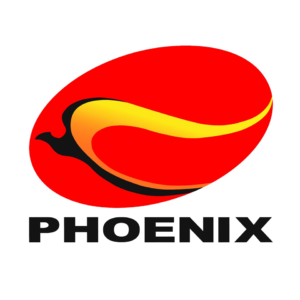In line with the Philippines’ plan to shift to cleaner and greener energy sources, the World Bank will extend a bigger financial support to the rehabilitation of the decades-old Agus-Pulangi hydropower facility in Mindanao.
World Bank documents showed that the Washington-based lender recently added to its near-term lending pipeline for the Philippines a new $90-million loan for the second phase of the Agus-Pulangi hydropower complex rehabilitation project.
It was on top of the earlier $140-billion loan set aside for the project’s first phase, which was expected to be approved by the World Bank’s board during fiscal year 2023 that starts in July of this year. The second loan tranche will be up for the lender’s approval in fiscal year 2024, which begins in July 2023.
Project pipeline
This newest upcoming World Bank loan expanded its Philippine pipeline to 12 projects worth a total of $2.01 billion.
The Department of Energy (DOE) and the National Power Corp. will implement Agus-Pulangi’s rehabilitation.
The first phase of the project, in particular, will “restore the capacity of the generation units, increase the availability of clean electricity, and strengthen the safety of the dams of the Agus-Pulangi hydropower complex,” the World Bank said.
Eventual privatization
In an earlier report, the World Bank said that its lending support to rehabilitate the hydropower plants “will generate greener, more affordable power and enhanced system reliability in Mindanao and eventual implementation of PPP (public-private partnerships), in accordance with legislation that has mandated privatization of power generation assets in the country.
“Through a phased approach, the Agus-Pulangi rehabilitation program will focus on the replacement of electromechanical equipment at the Pulangi and Agus VI and VII plants in phase one,” it said.
The Philippines was the World Bank’s top borrower in fiscal year 2021, with a total of $3.07 billion in loans across eight operations during the period July 1, 2020, to June 30, 2021. These loans helped fight the health and socioeconomic crises inflicted by the prolonged COVID-19 pandemic.


